SAUSSUREA COSTUS (Kuth)
Dolomiaea costus, formerly known as Saussurea costus, commonly known as costus, Indian costus, kuth, or putchuk, is a species of thistle in the genus Dolomiaea native to South Asia and China. Rishis, Hindu mystics of Kashmir especially ate this plant. Essential oils extracted from the root have been used in traditional medicine and in perfumes since ancient times.
Costus is the root of this plant. The root of the plant is the key part used for medicinal or homeopathic purposes. The root is also called by its Latin name radix aucklandiae (root of aucklandia).
It has a large number of names in other languages, including kuṣṭha in Sanskrit; kust or qust in Arabic and Persian; kut, kur, and pachak in Hindi and Bengali, kostum, gostham, and potchuk in Tamil; upaleta and kur in Gujarati; kot or kust in Punjabi; changala in Telugu; sepuddy in Malayalam; kostha in Kannada; kuth or postkhai in Kashmiri.
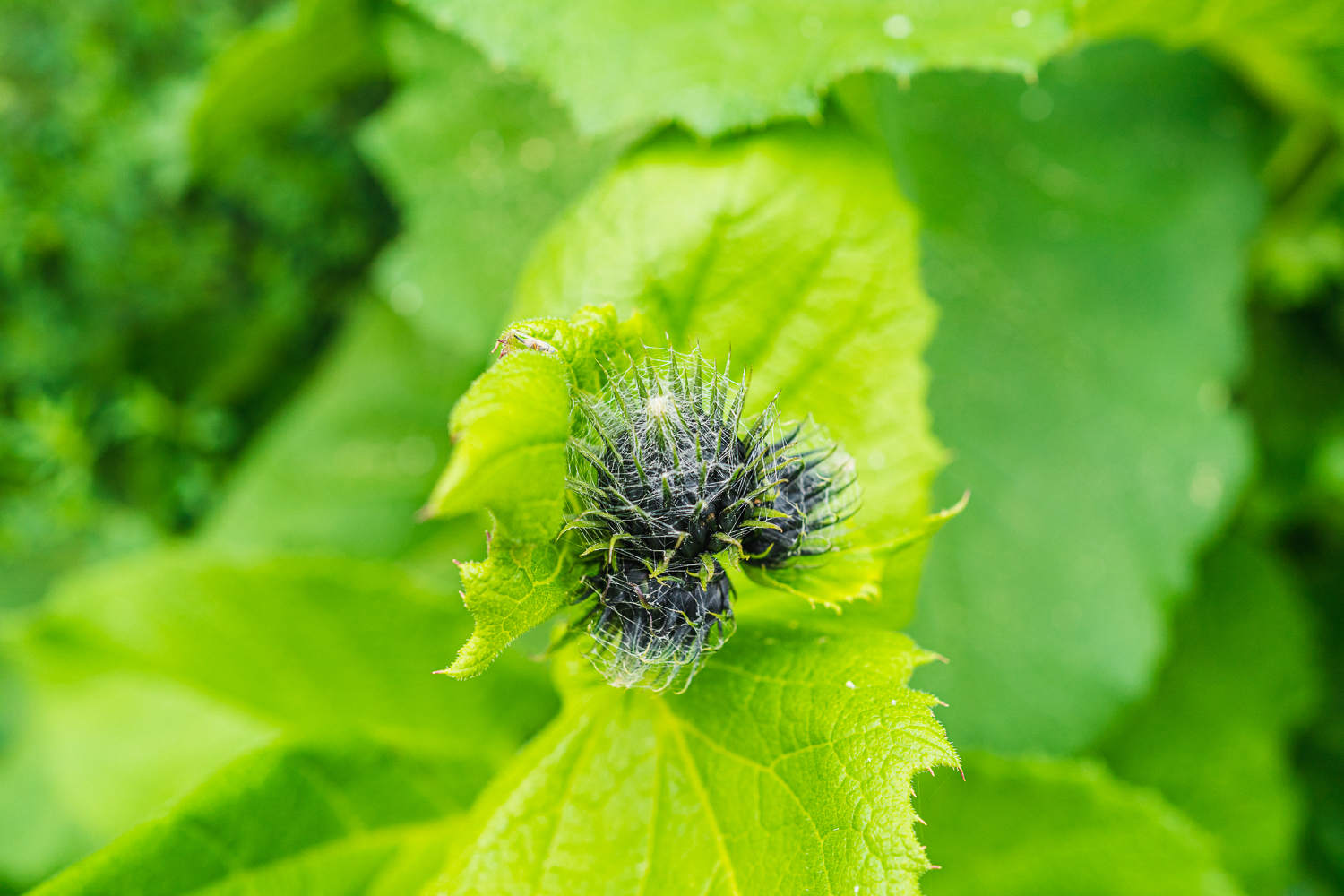

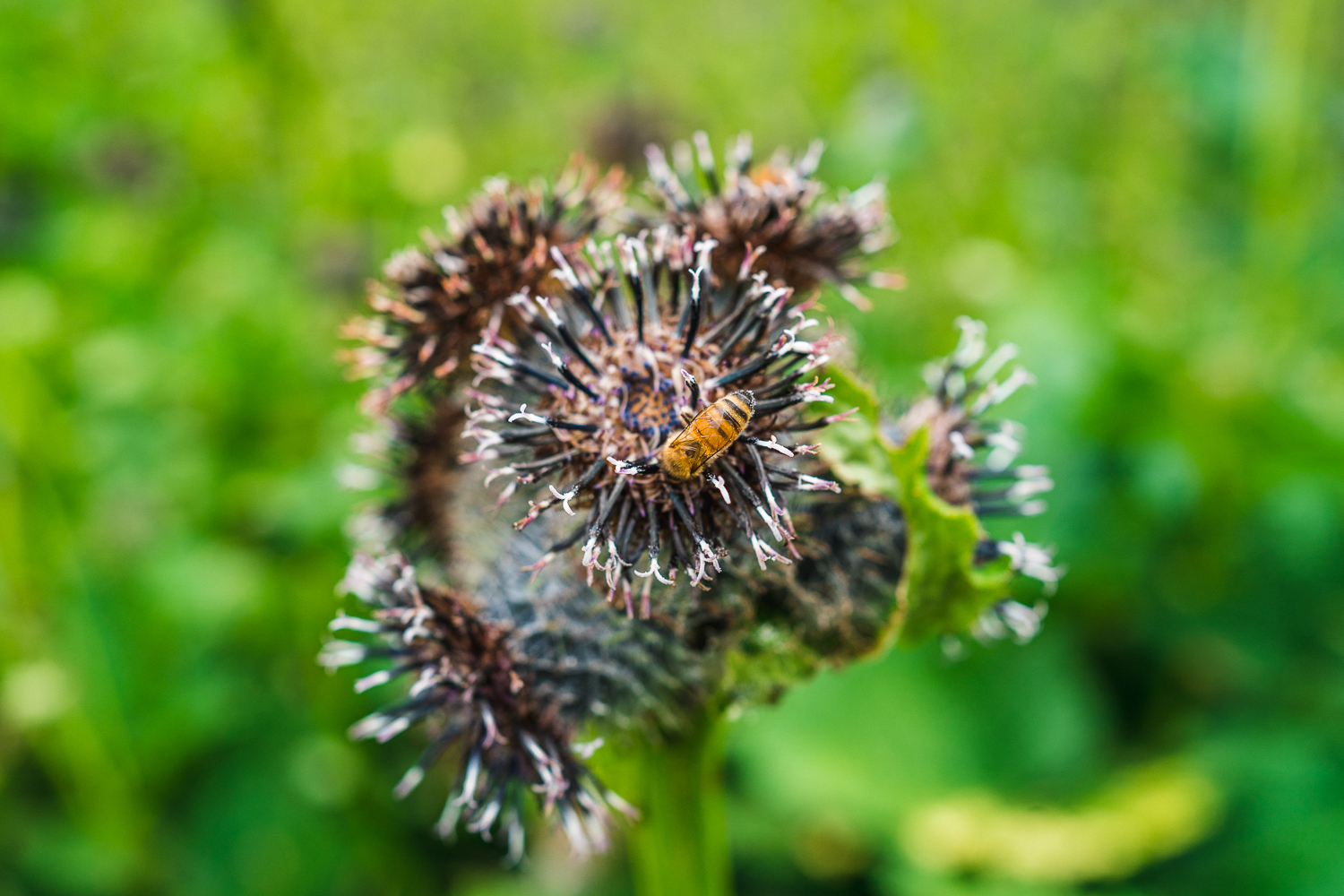
Dolomiaea costus is a perennial with a typical growth of 1–2 m (3.3–6.6 ft) tall by 1 m (3.3 ft) wide. It has long lyrate leaves and heads of purple florets. The leaves take the shape of being auricled at base, with jagged, toothed patterns running down the sides of the leaves and are an average of 0.50–1.25 m (1.6–4.1 ft) long. The roots of the plant are stout and can travel up to 40 cm (16 in) in length.
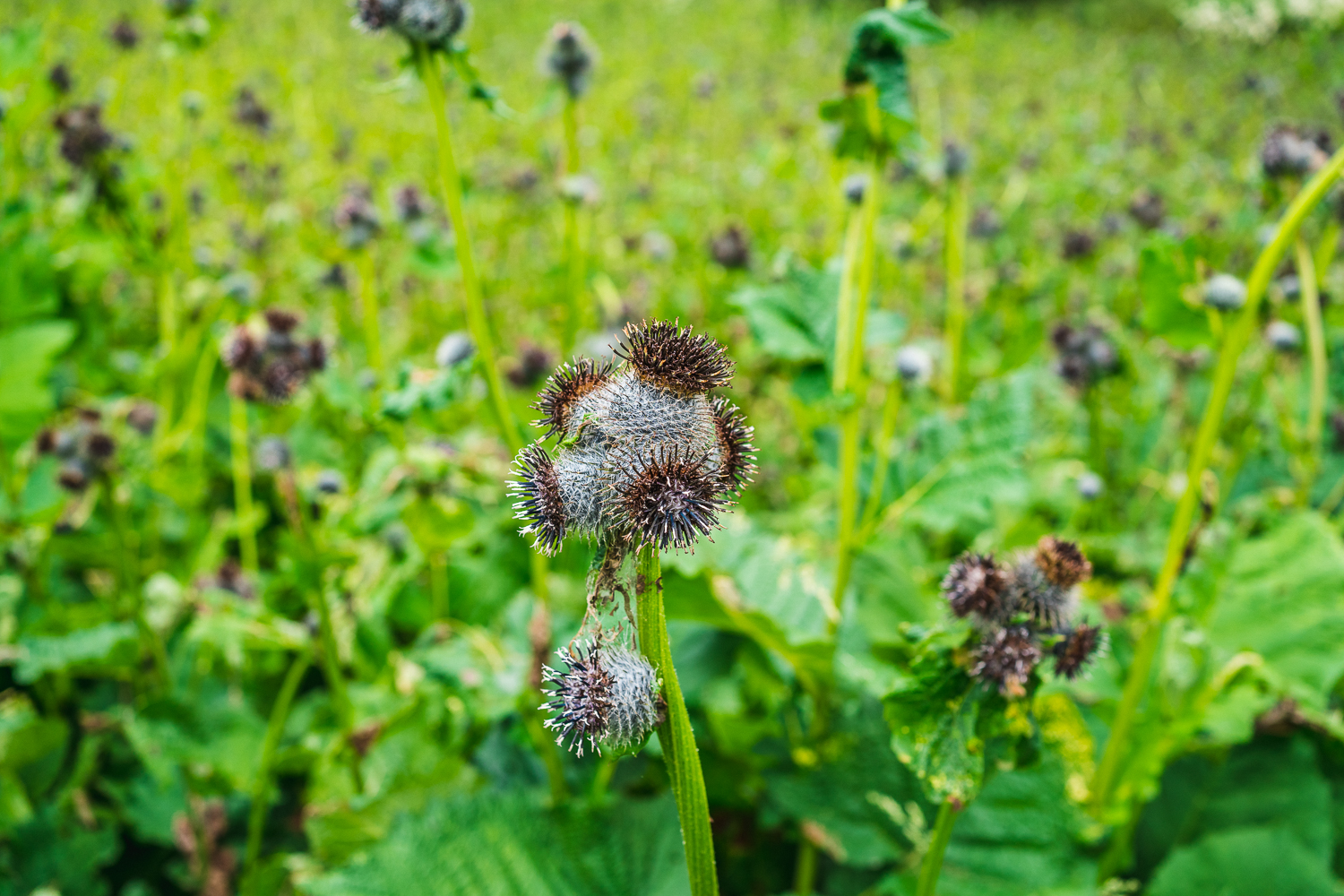
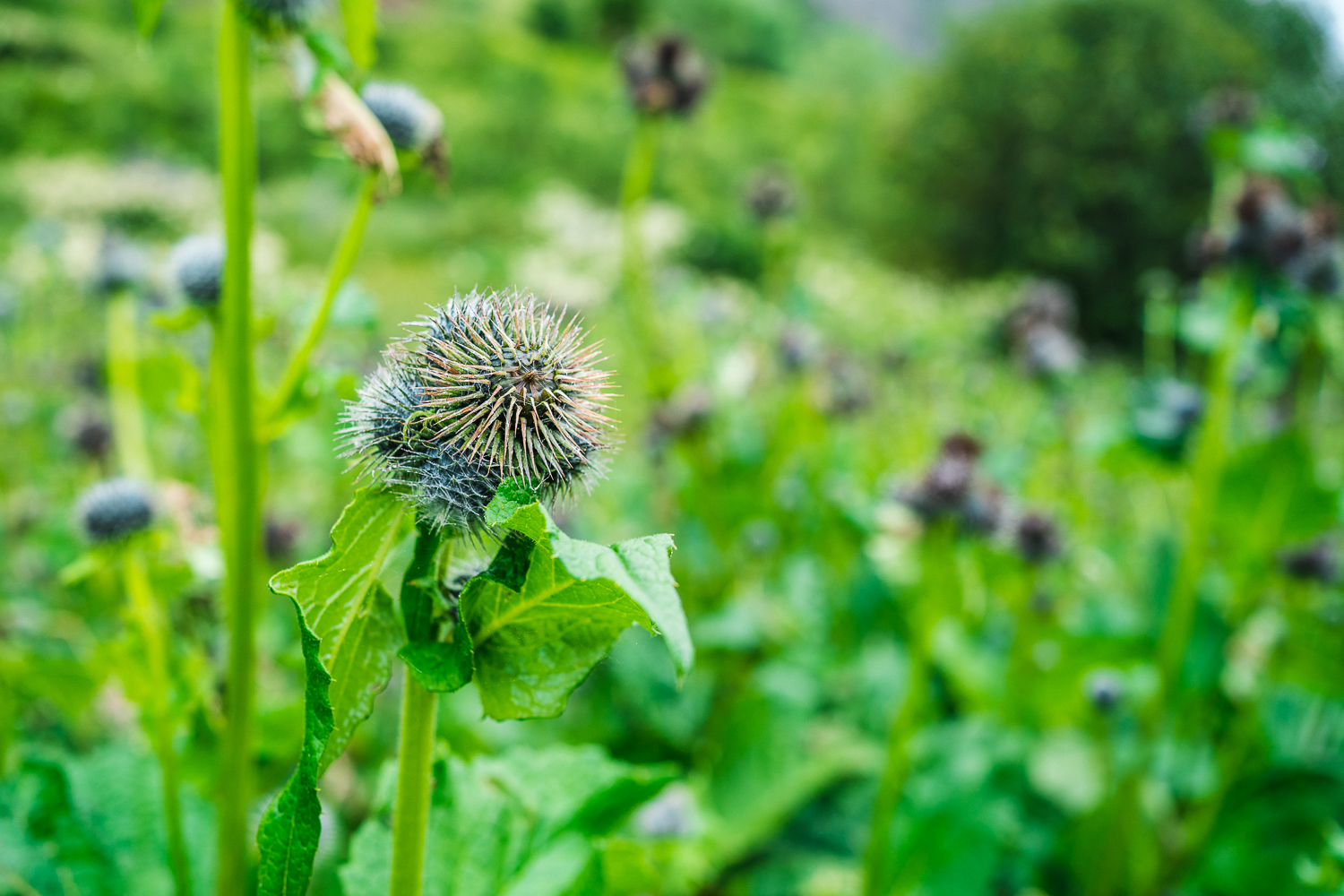

It is usually found at elevations of 2,500 to 3,000 m (8,200 to 9,800 ft) in India; including the Himalayas, Kashmir, Jammu, Western Ghats, and the Kishenganga Valley. Its typical flowering season spans from July to August, with the seeds ripening from August to September. The plant can be grown in a wide variety of soils, ranging from light sandy, medium to heavy clay soils that are acid, neutral or basic, alkaline soils, preferring soils that are moist. The amount of sunlight the plant thrives upon can vary from semi-shaded (light woodland) areas or areas with no shade.
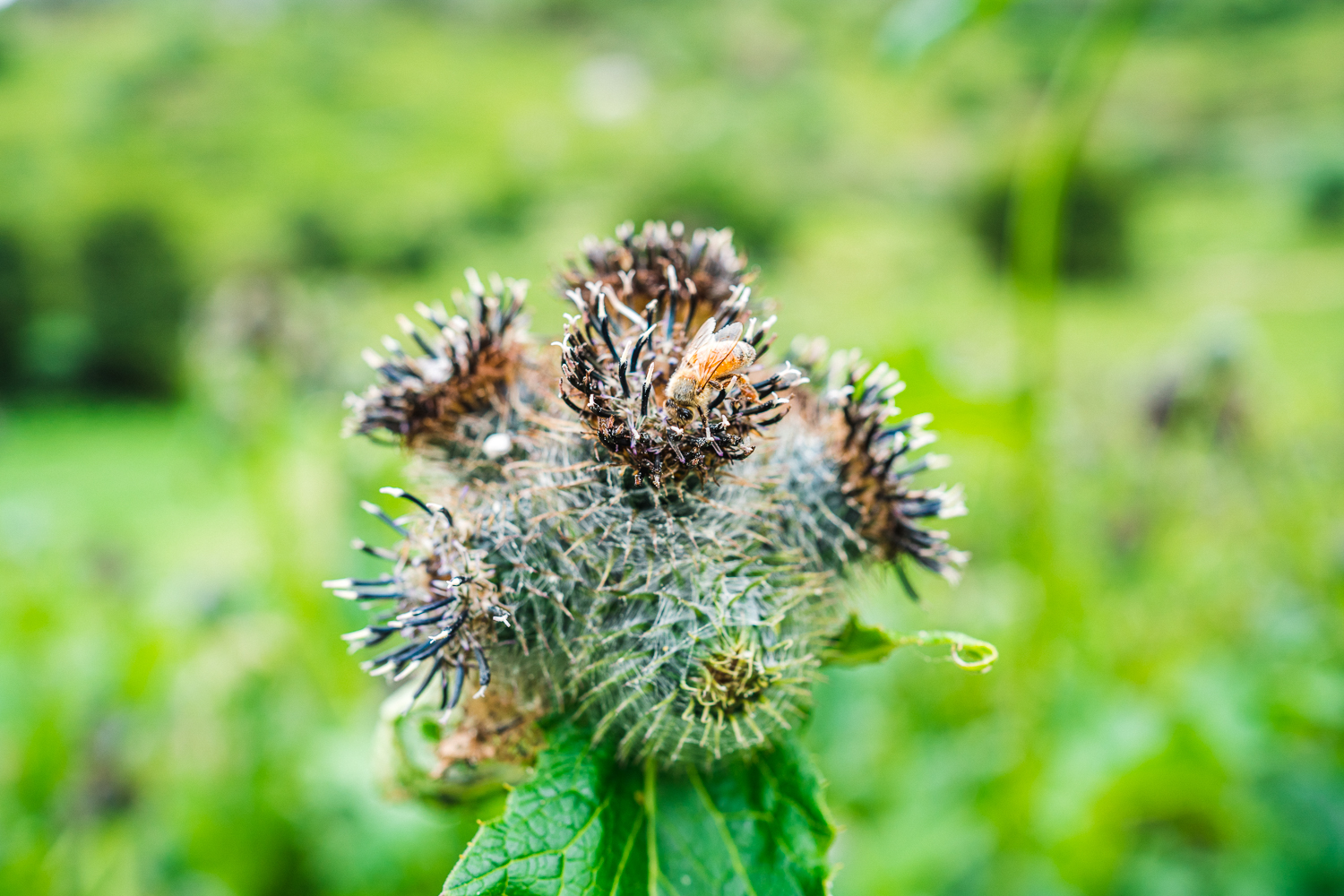

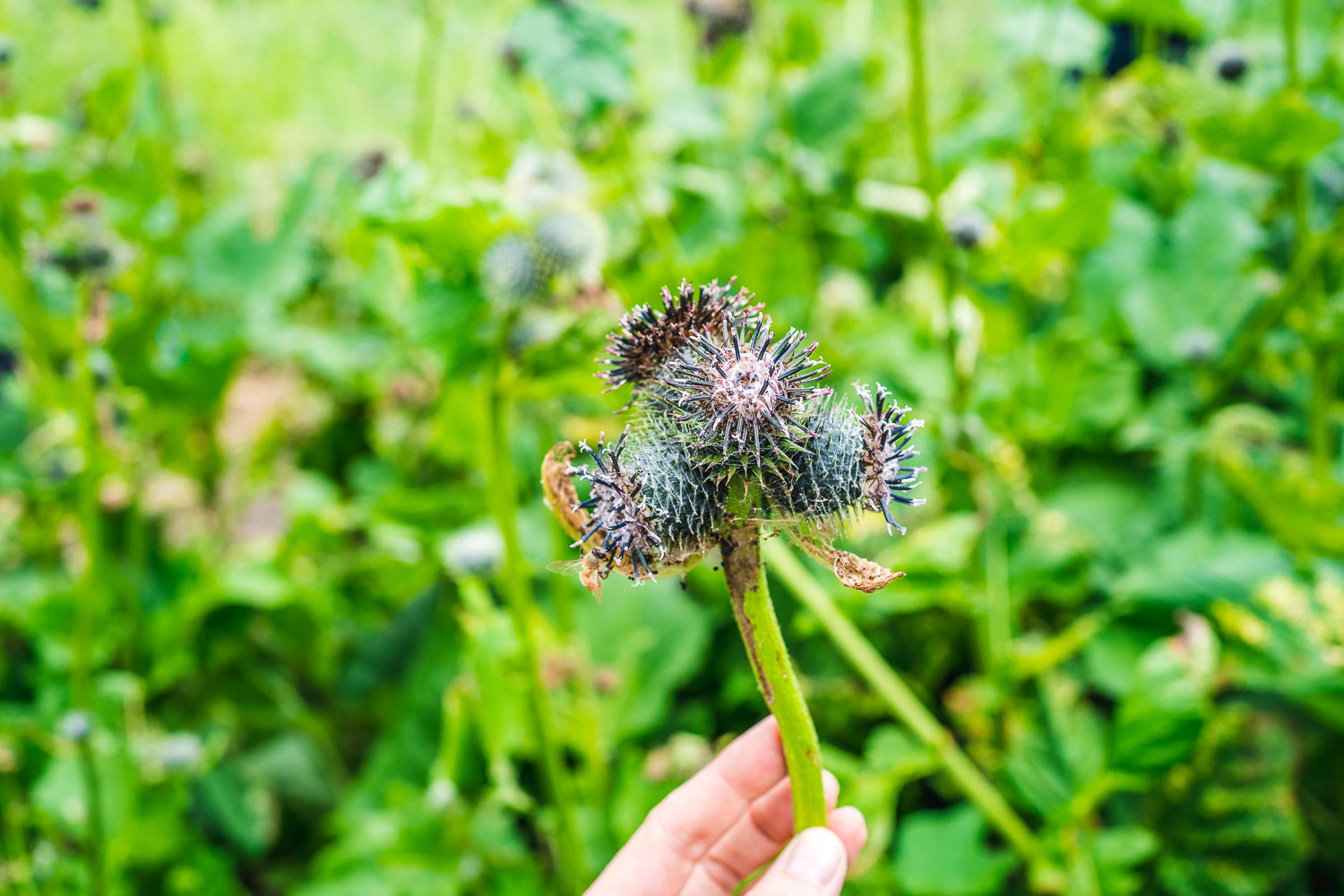
The plant is cultivated as a medicinal plant. Its growing region occurs mainly within India-Himachal Pradesh, Jammu-Kashmir – its native place of origin. A study by Parmaret. al. 2012 explored the effect of altitude on seed germination and survival percentage, proving that high altitudes favoured high survival and seed germination percentages. This is why they thrive so abundantly in the Himalayan Region which is very mountainous. Cultivation is primarily focused upon the roots of the plants. This plant has been greatly over-collected and has been placed on Appendix I of CITES (lists species that are the most endangered among).
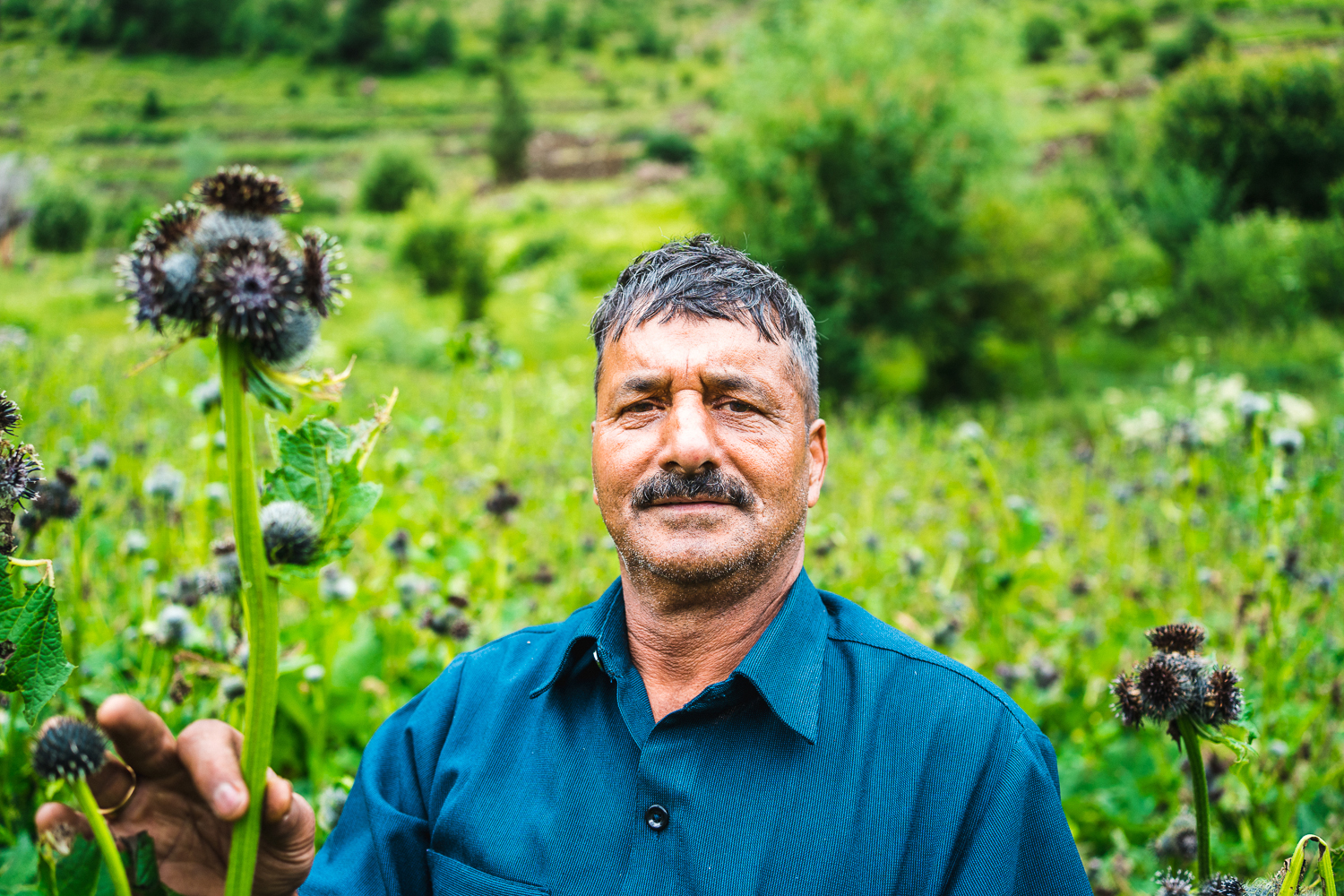

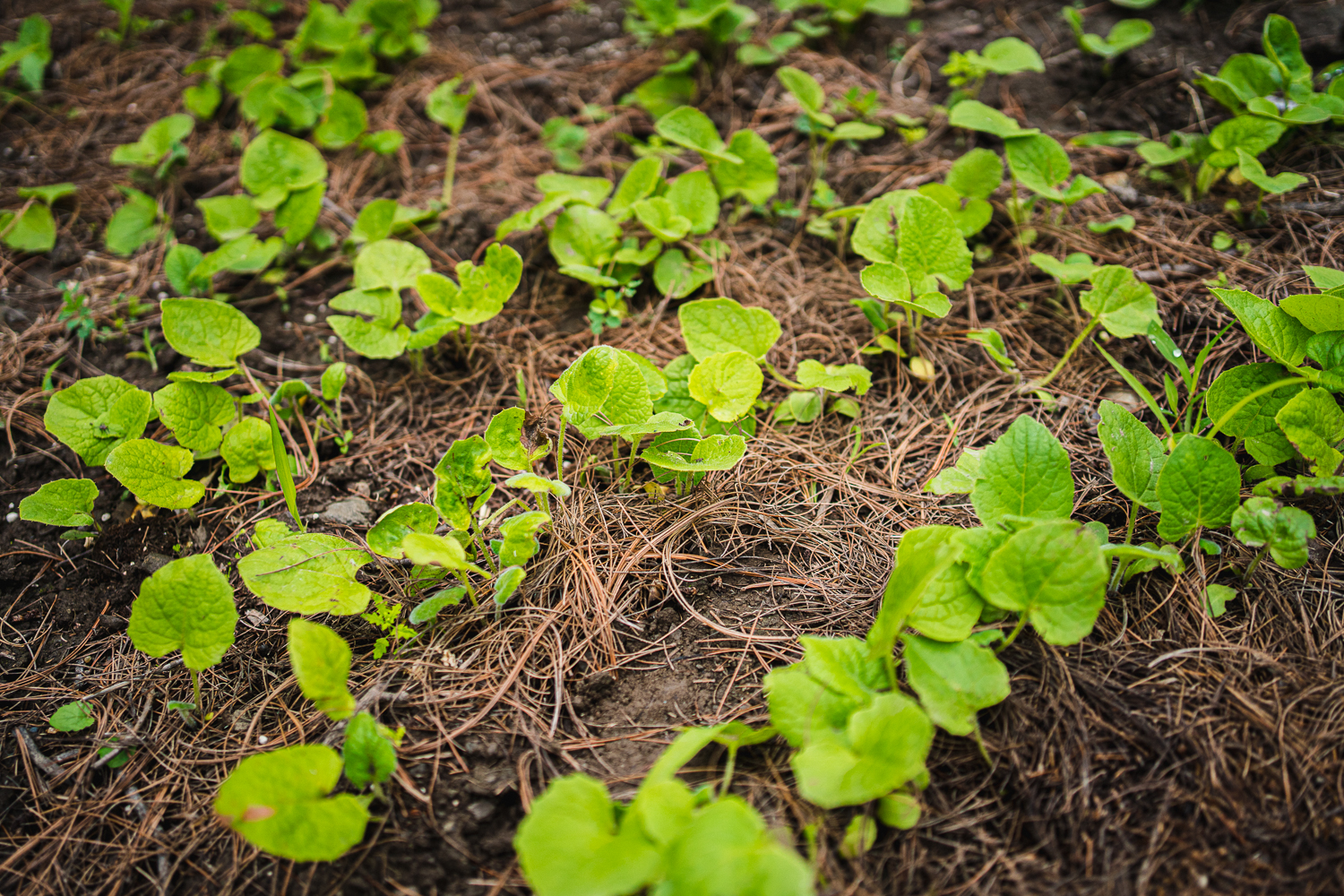
Saussurea Costus is an endangered species which is controlled by The Ministry of Environment and Forest of India. Our company is registered with The Ministry for Cultivation of Threatened Species.
